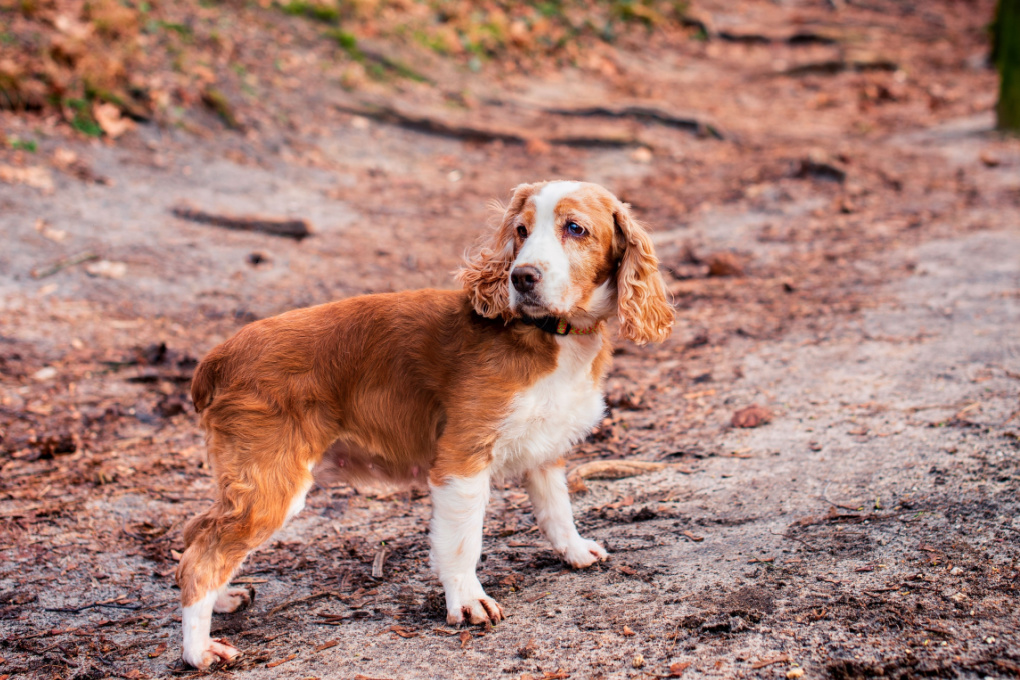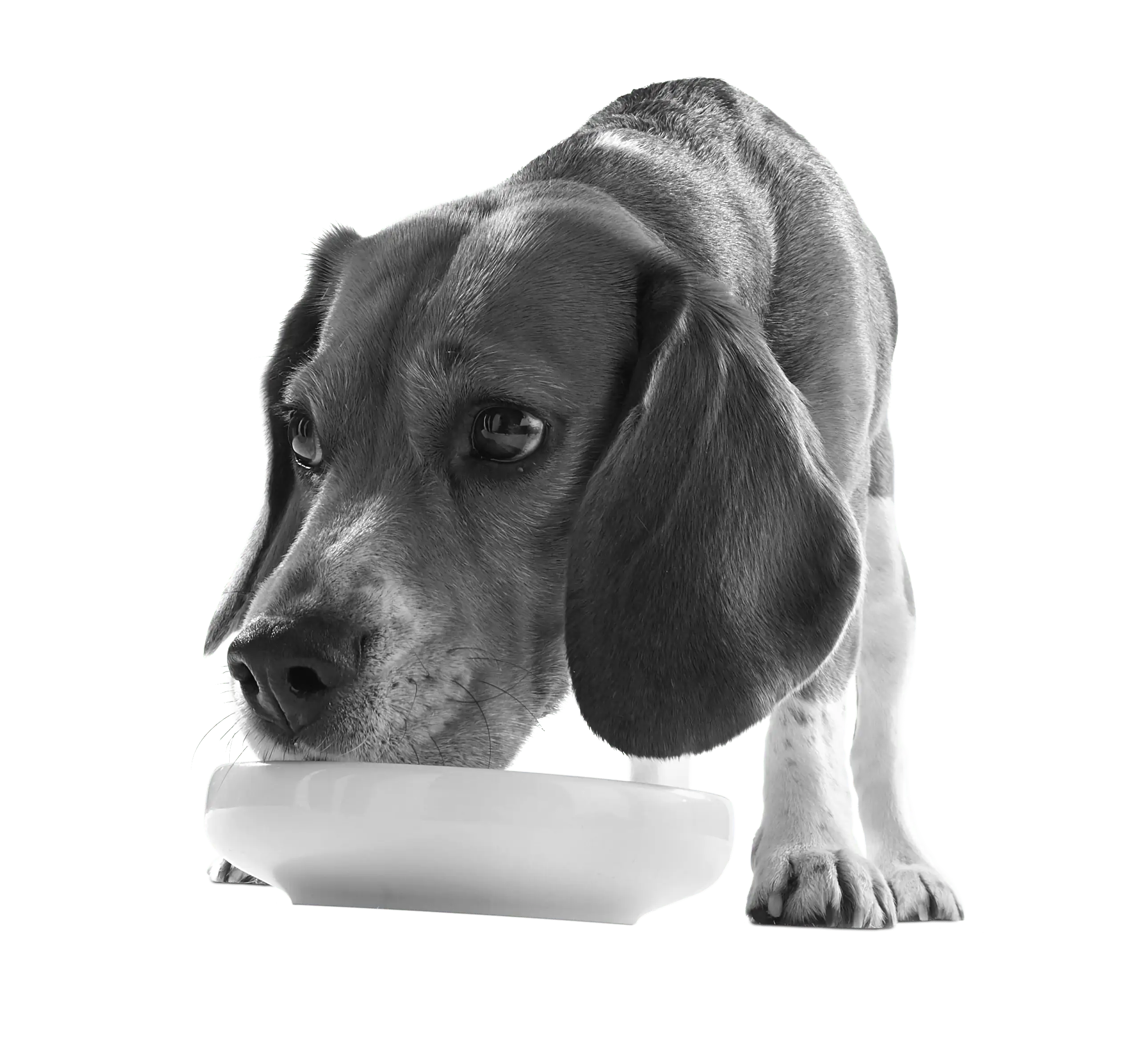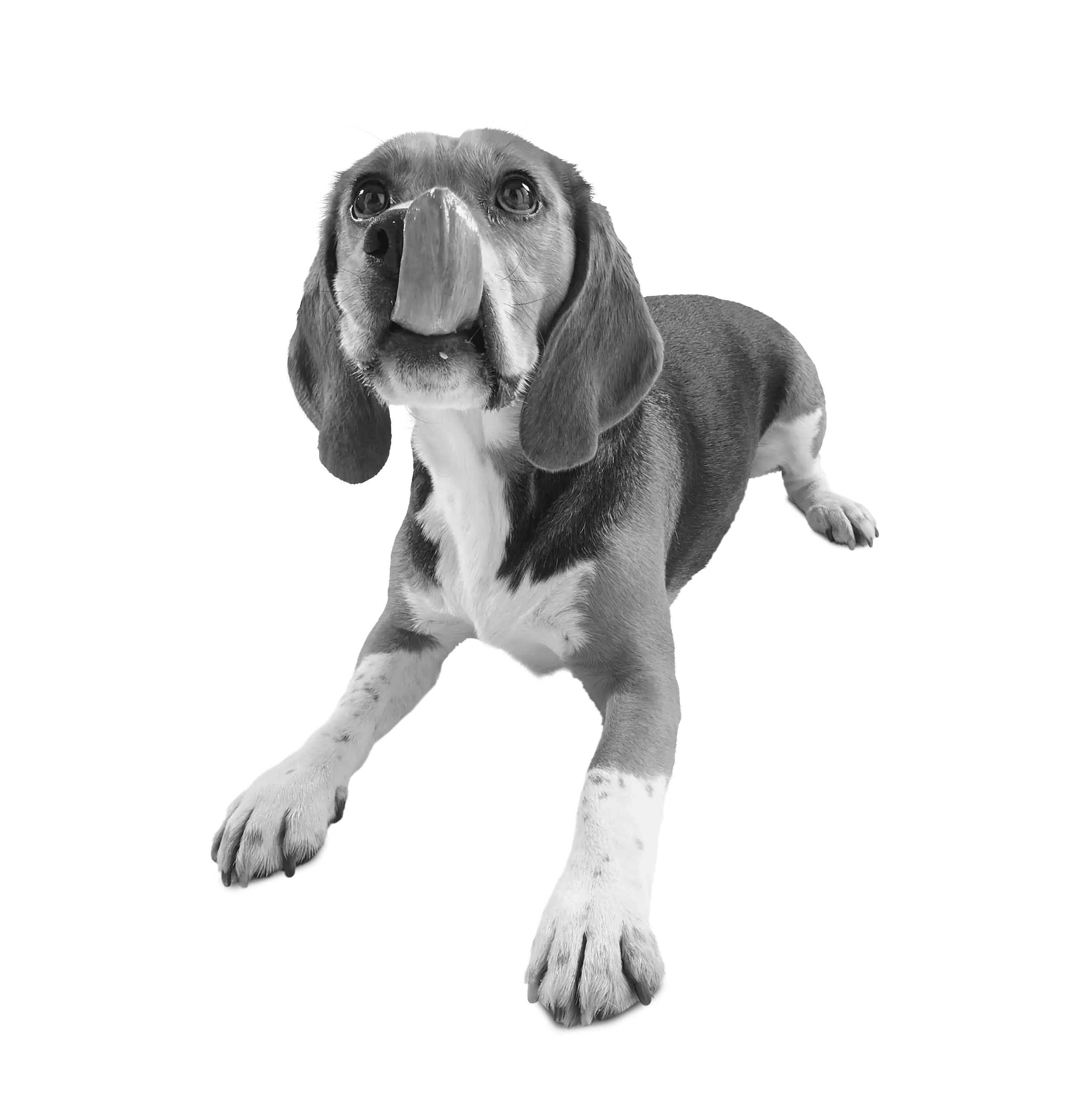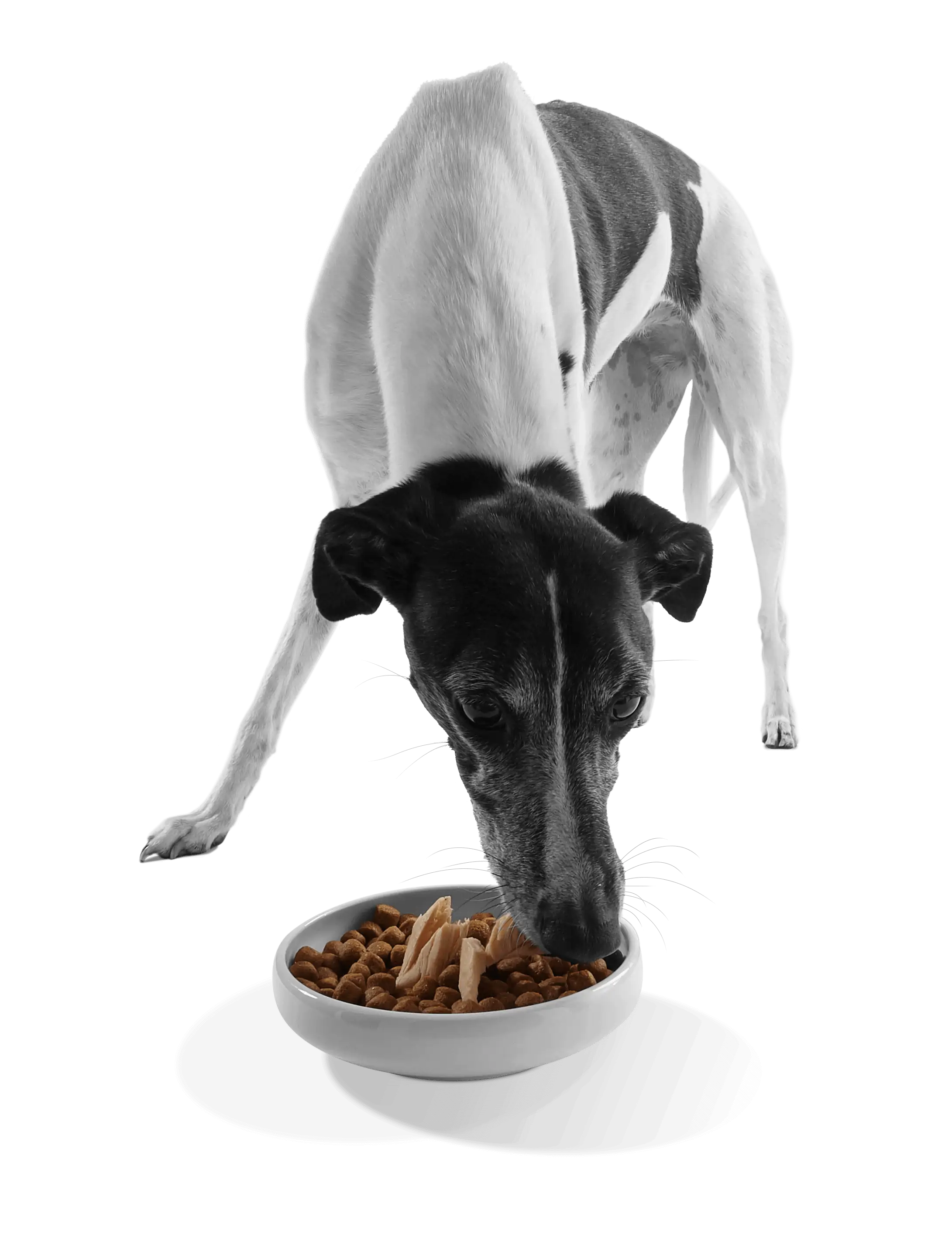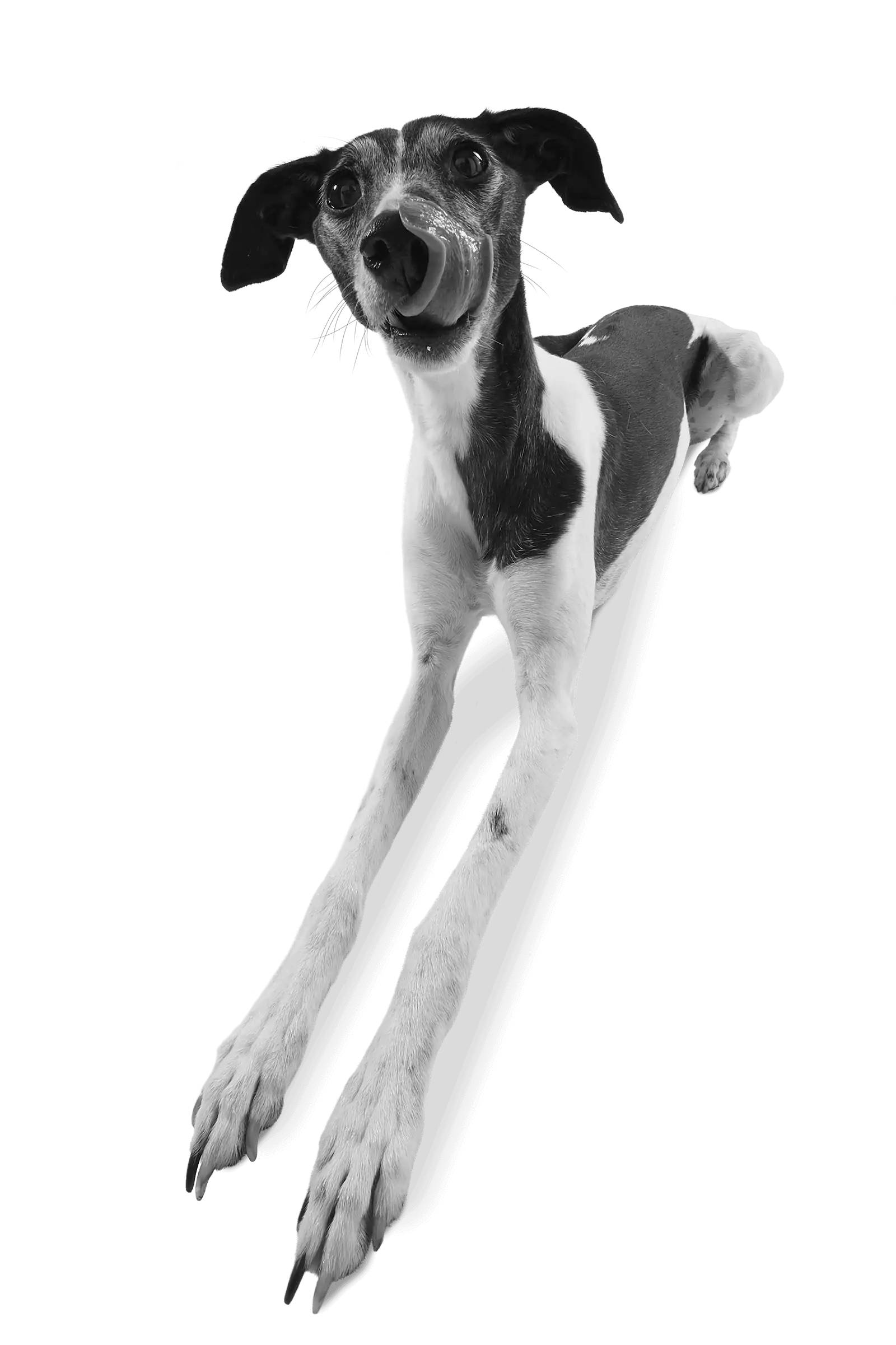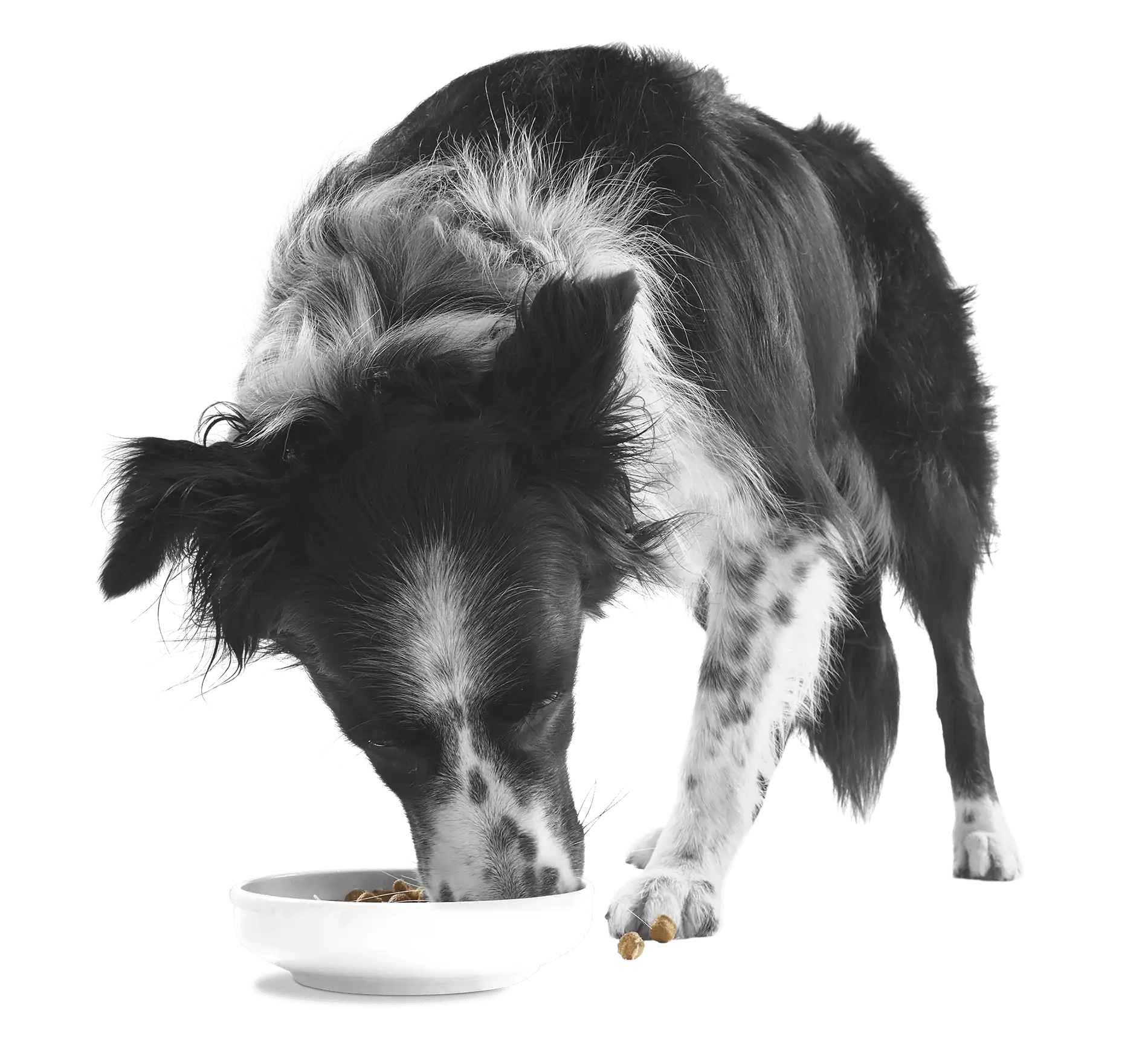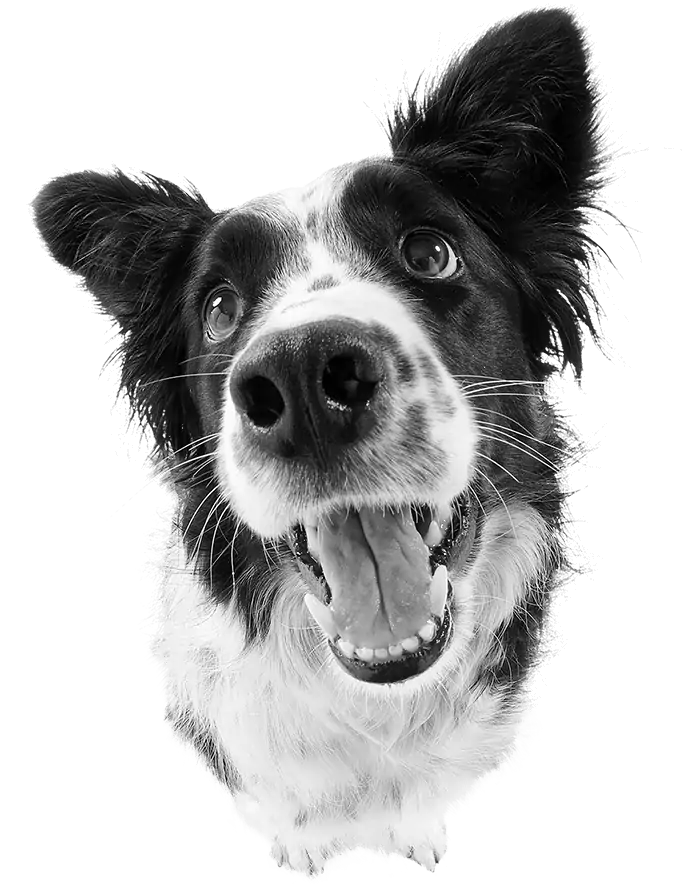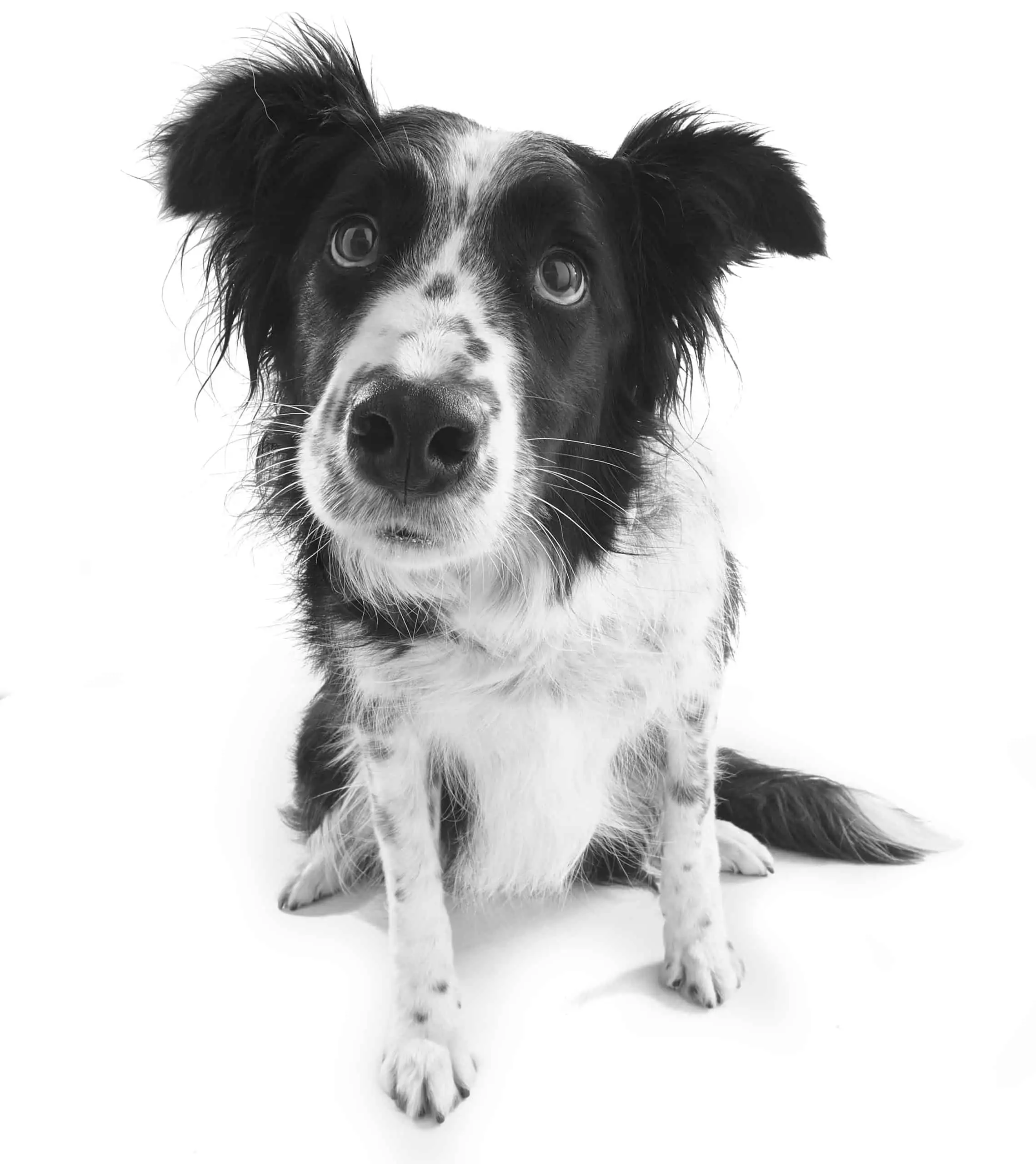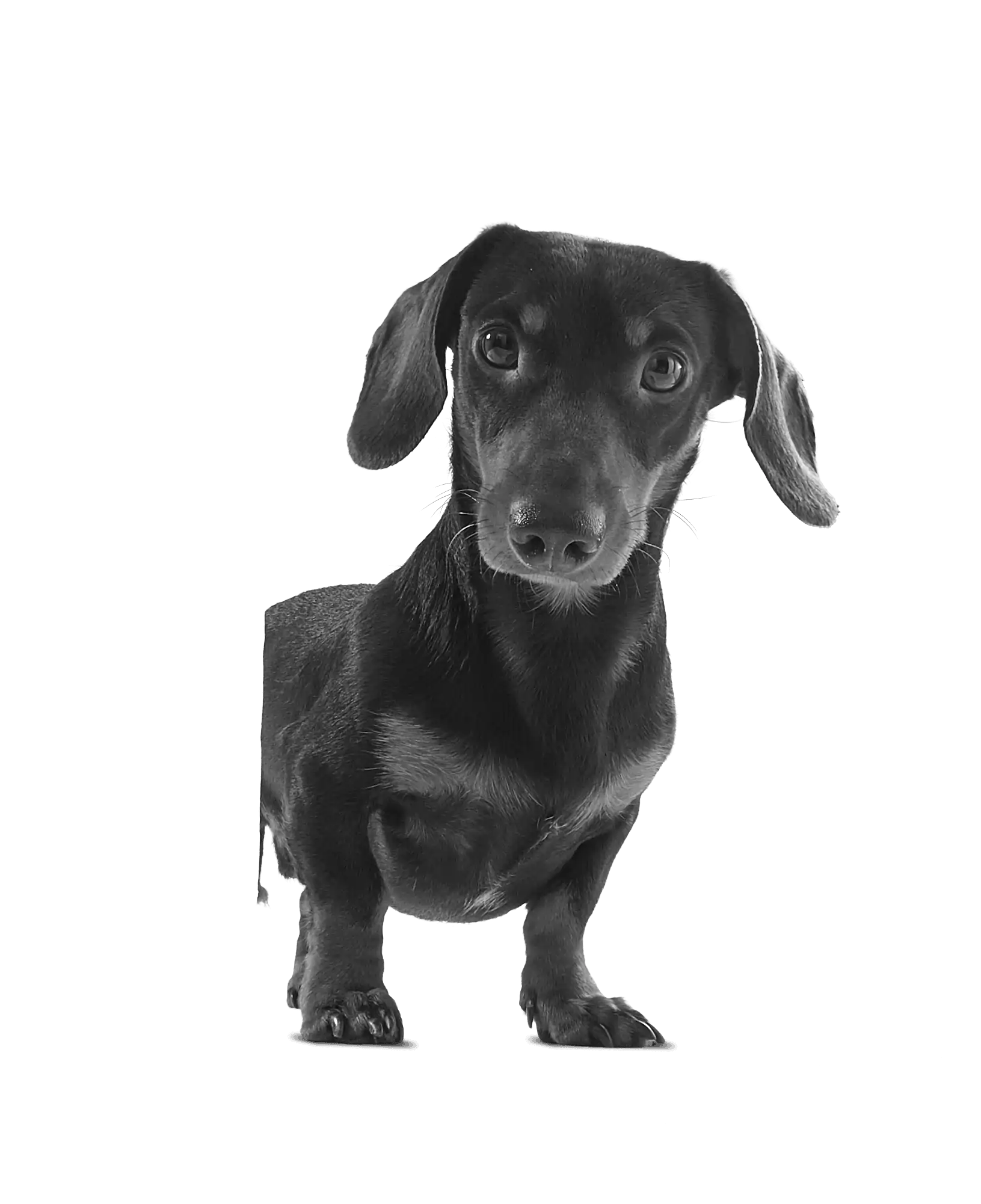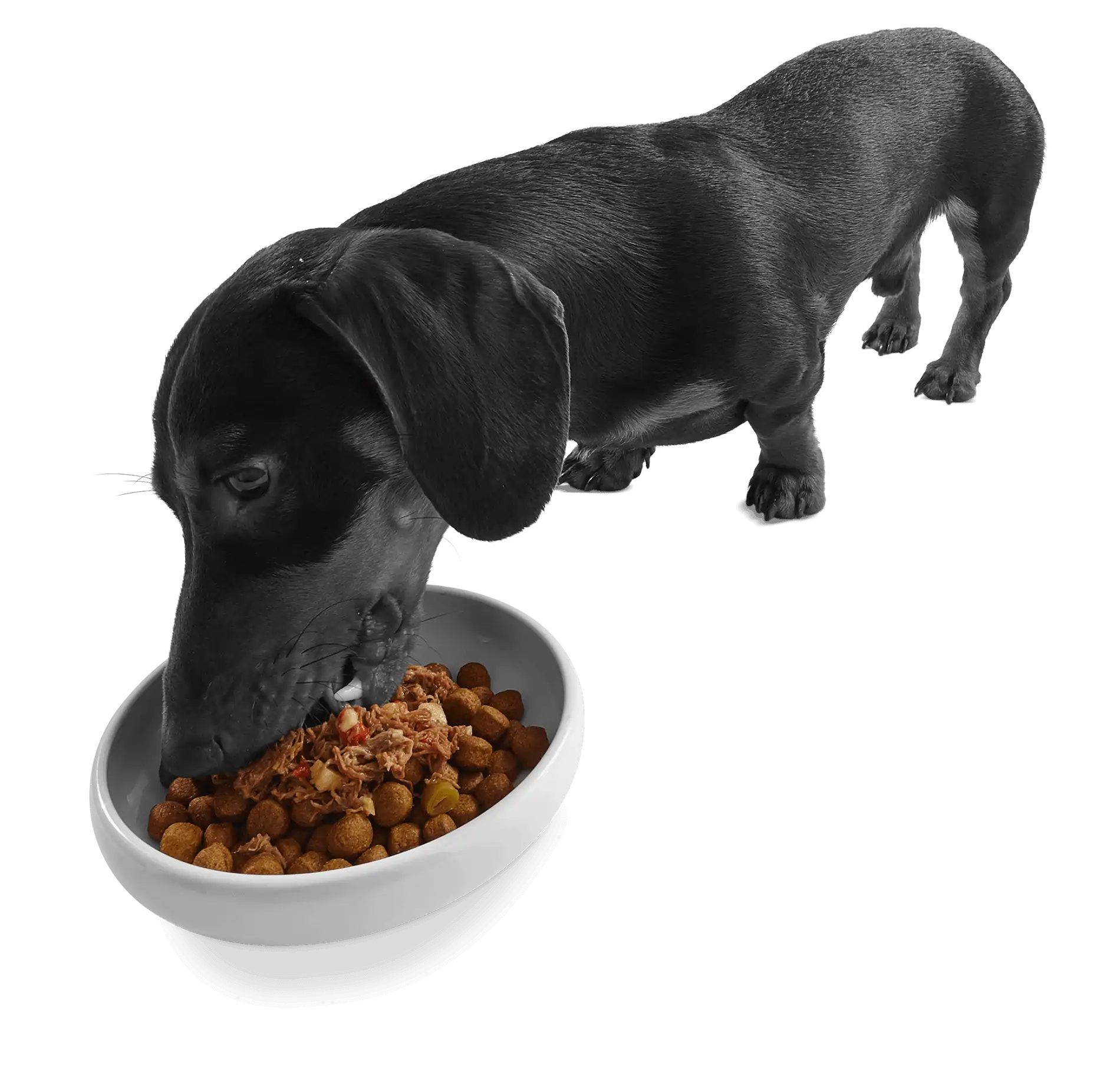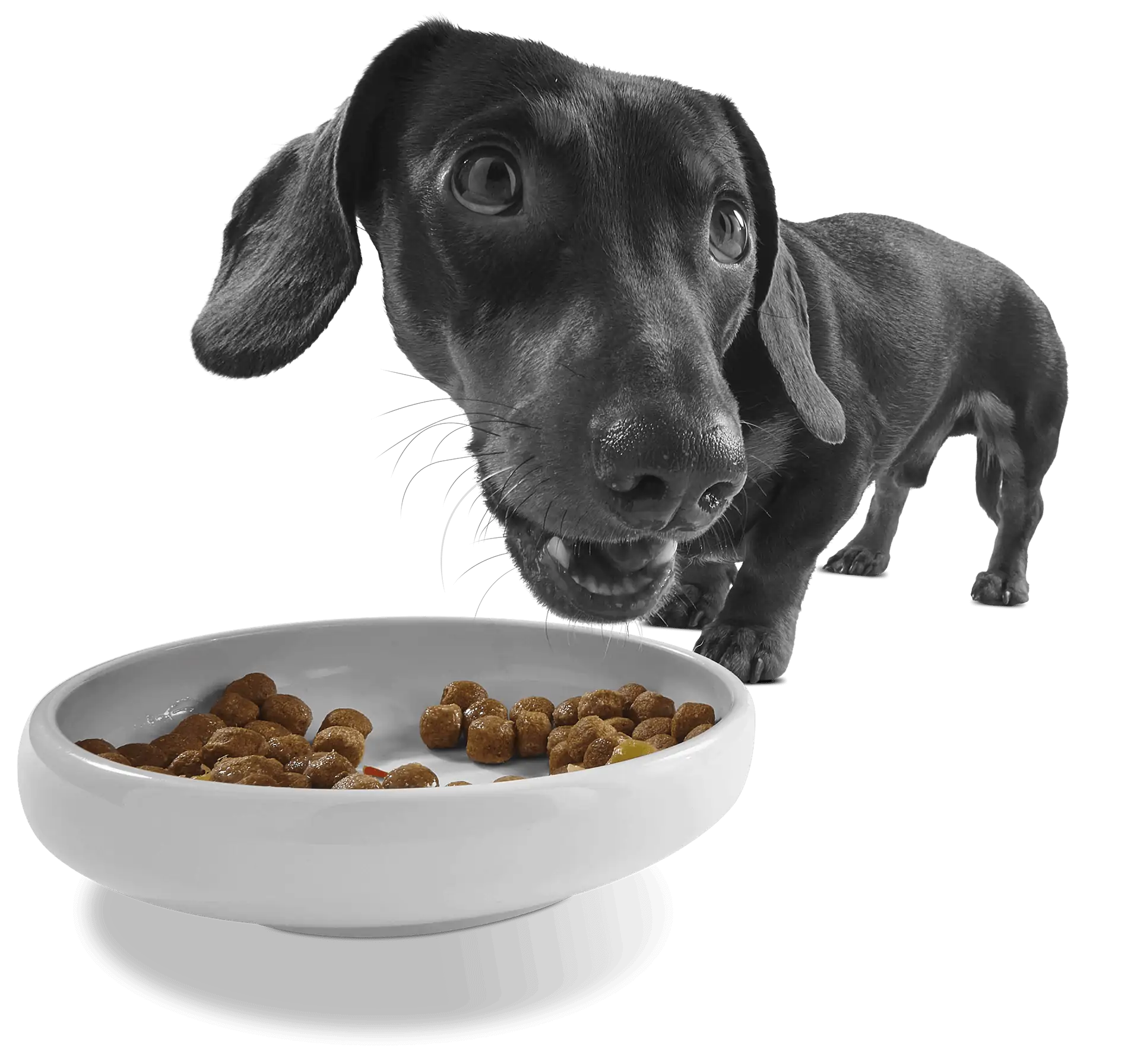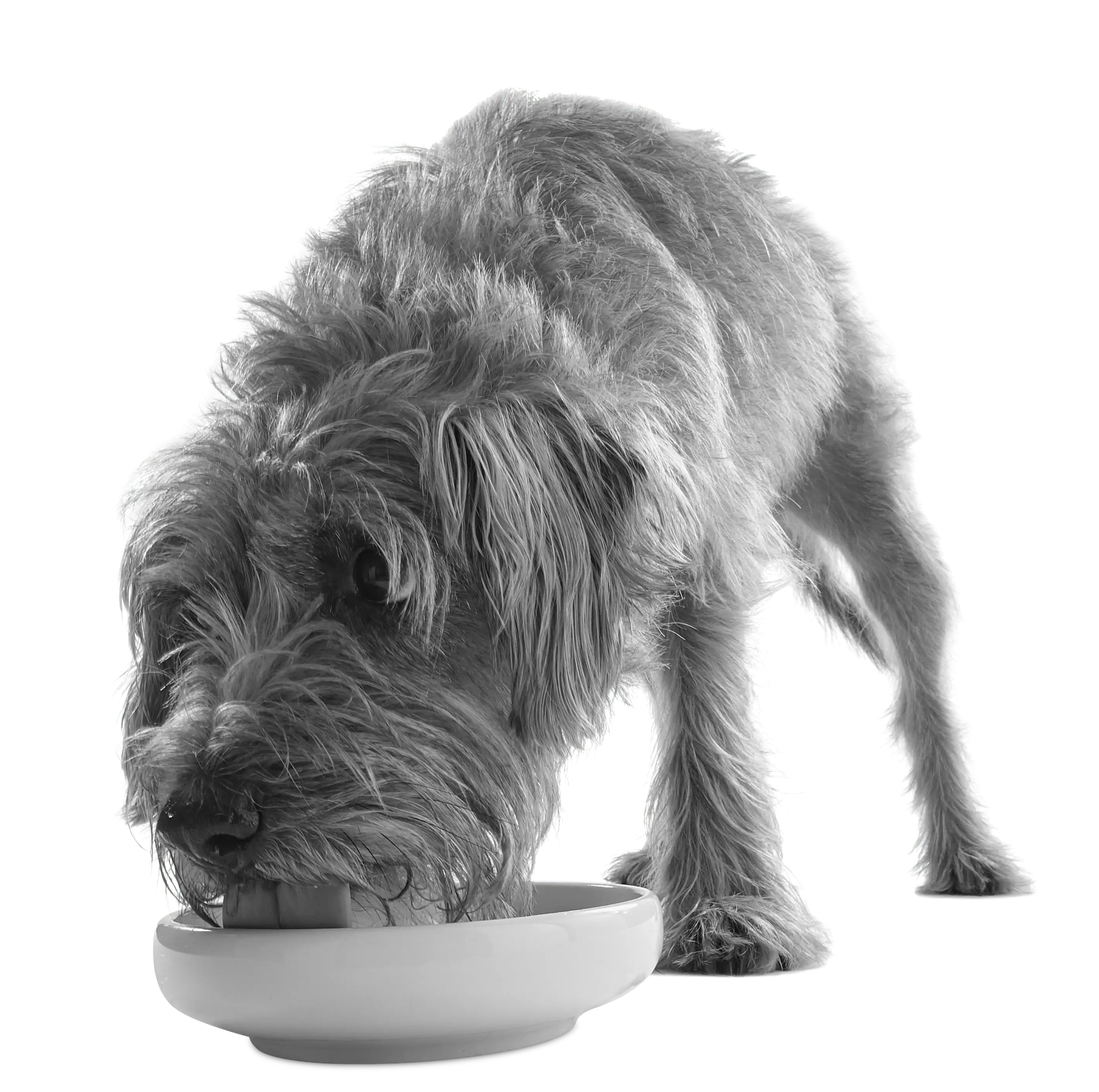Our peculiar pets will consume almost anything put before them.
One of their most unusual quirks is a tendency to chow down on feathers whenever one happens to float in their direction.
While there may be a perfectly logical explanation behind this eccentric eating habit, your guess is as good as ours.
Perhaps it’s fascination, perhaps it’s curiosity, or excitement, or maybe it is just reflective of their barking mad nature.
Either way, it’s just a part of their personality we have to get on board with.
Is it common for dogs to eat feathers?
Feathers to dogs are like Marmite to humans.
They can either take them or leave them.
What might be a marvellous meze for one, will be a distasteful tapas for another.
Feathers even give some of our fearful four-legged friends a right fright as they float around unpredictably.
But for those more inquisitive canines it can turn into an unconventional game of chase where the taste of success – providing our persistent pups prevail – is one that is rather unorthodox.
These ‘light as a feather’ doggy dinners will also likely whet their appetites further if they come with a whiff of bird.
This is when their natural hunting instincts will kick into turbo drive.
My dog ate a bird, should I be worried?
Dogs can take the term ‘street food’ far too literally.
They’re unbothered by Michelin-star cuisine when they’re out and about.
Our sidekicks are omnivorous at heart, but they still channel their inner carnivore on occasions.
This is obviously bad news for injured, fledgling, less agile, more vulnerable birds, who are unable to escape the clutches of our canines.
A bird in the paw is worth two in the bush, so of course our part-time hunter gatherers are going to capitalise when the chance presents itself.
Thankfully, fresh prey isn’t too problematic, as nature hasn’t had a chance to take hold, though some carry bacteria such as salmonella in their intestinal tracts.
A bird whose fate had been predetermined, however, could pose more complexities as they collect harmful germs that can be transferred to your pup and cause illness or infection.
These are manageable in most instances, with stomach issues perhaps the most severe outcome, but you can always contact your vet if you’re in need of a second opinion.
If your four-legged friend has devoured a snack of the winged variety, as well as parts of its feathered jacket, then it will usually take between 10 and 24 hours for them to fully digest and excrete the remains.
Just keep an eye on them during this period.
Is it safe for my dog to play with bird feathers?
There are far worse threats to a pup’s happiness and health than bird feathers.
In fact, chasing an inanimate object can be fun, good exercise, and leave them feeling as light as a feather.
We’ll get our coat – an unfeathered one – but, on a serious note, there really isn’t any need to panic.
Feathers can actually enhance a dog’s gut health, help clean out their digestive system and remove those stubborn morsels that have nested between their teeth.
It goes without saying that the size and quantity of their intake should be observed given they could pose a choking hazard, but generally speaking they should be fine.
Toying with them is perfectly natural and normal, it’s part of their detective duty, and even if their curiosity did get the better of them, and they swallowed it whole, then they will either vomit it back up or it will naturally pass through them, as dogs can not digest feathers.
Every dog is different
All dogs are different. They are spectacularly unique.
That’s why we love and care for them so much.
It’s in the way they look, the way they walk, their bark, their little quirks, their personalities, their appetites and the way they respond to certain situations.
Whether it’s a fake feather that is airborne in your home, one that has been shed by a bird in your garden, or one that has been found while exploring their settings while out on a walk, all fur babies will react in a different way to the next.
Some dogs like feathers and will become fascinated by them, some won’t bother with them at all; some dogs will be petrified at the very sight of them, while others will eat them.
Most of the time there’ll be nothing to worry about if they do become a snack, but you should always contact a professional if you are ever worried or concerned following consumption.
If you liked this guide, you’ll also enjoy:






